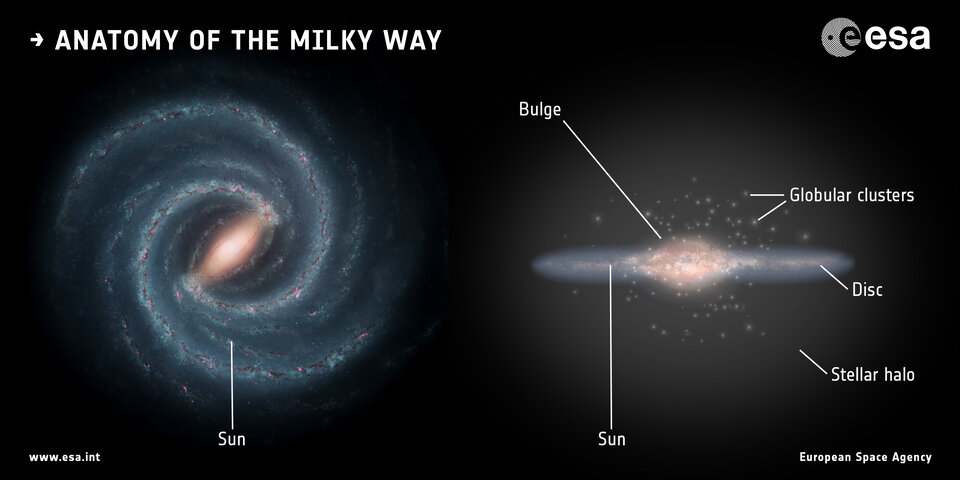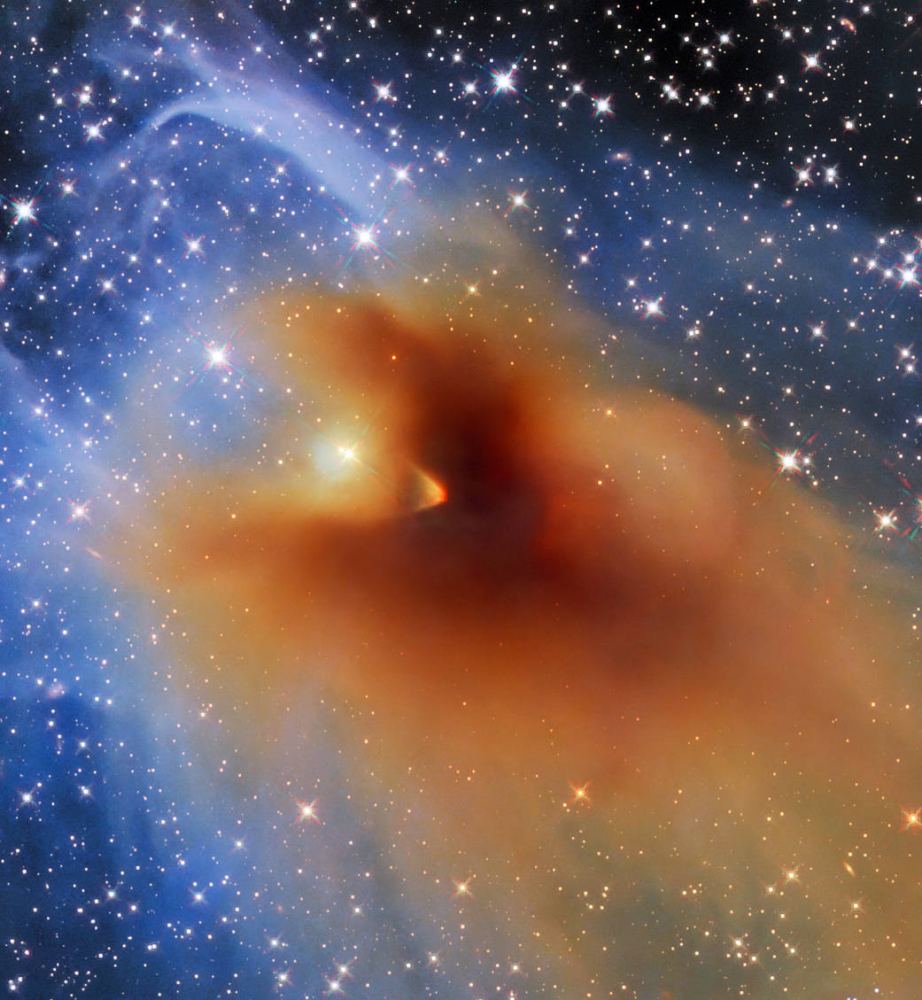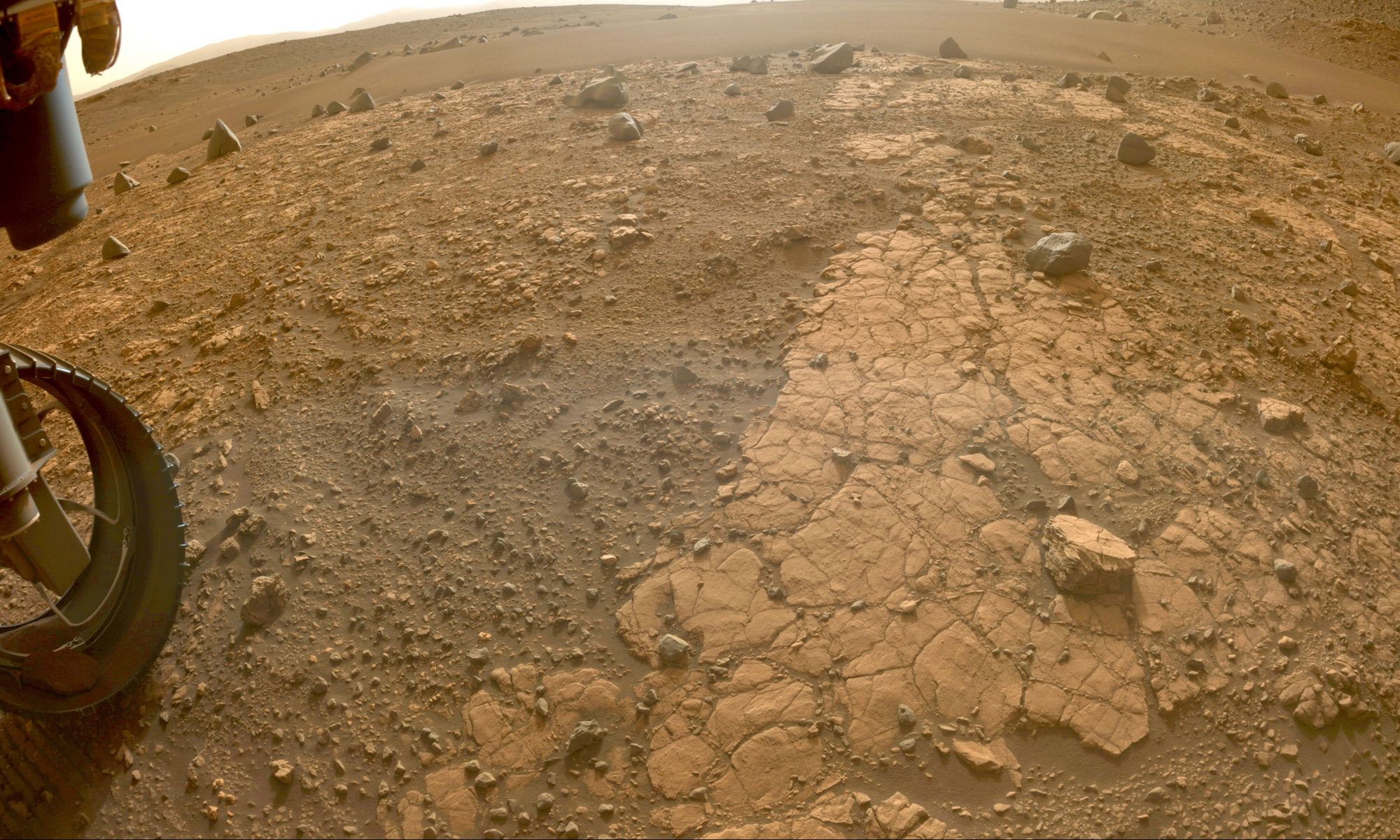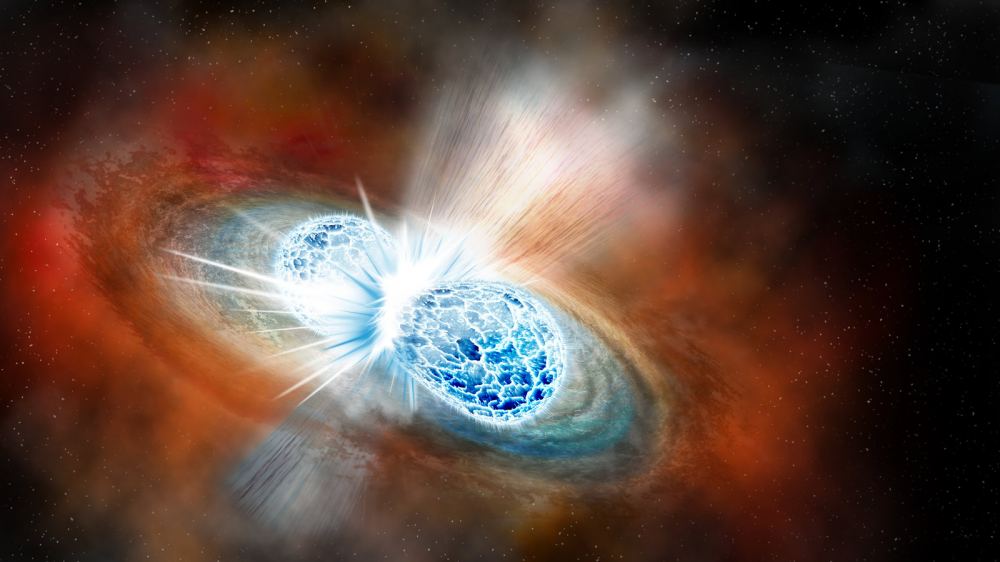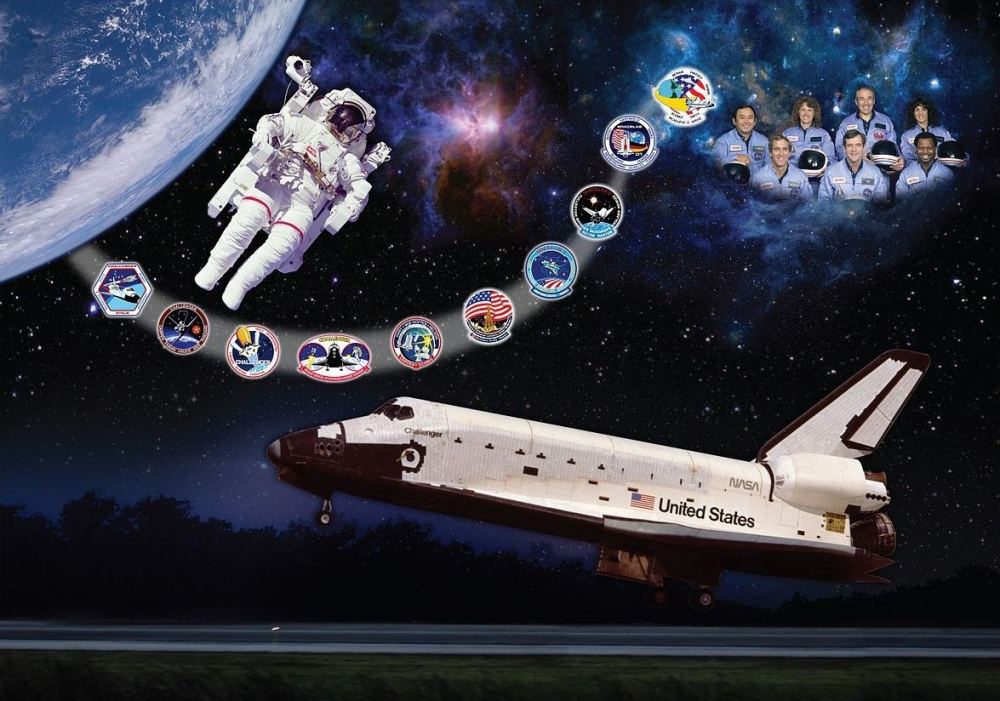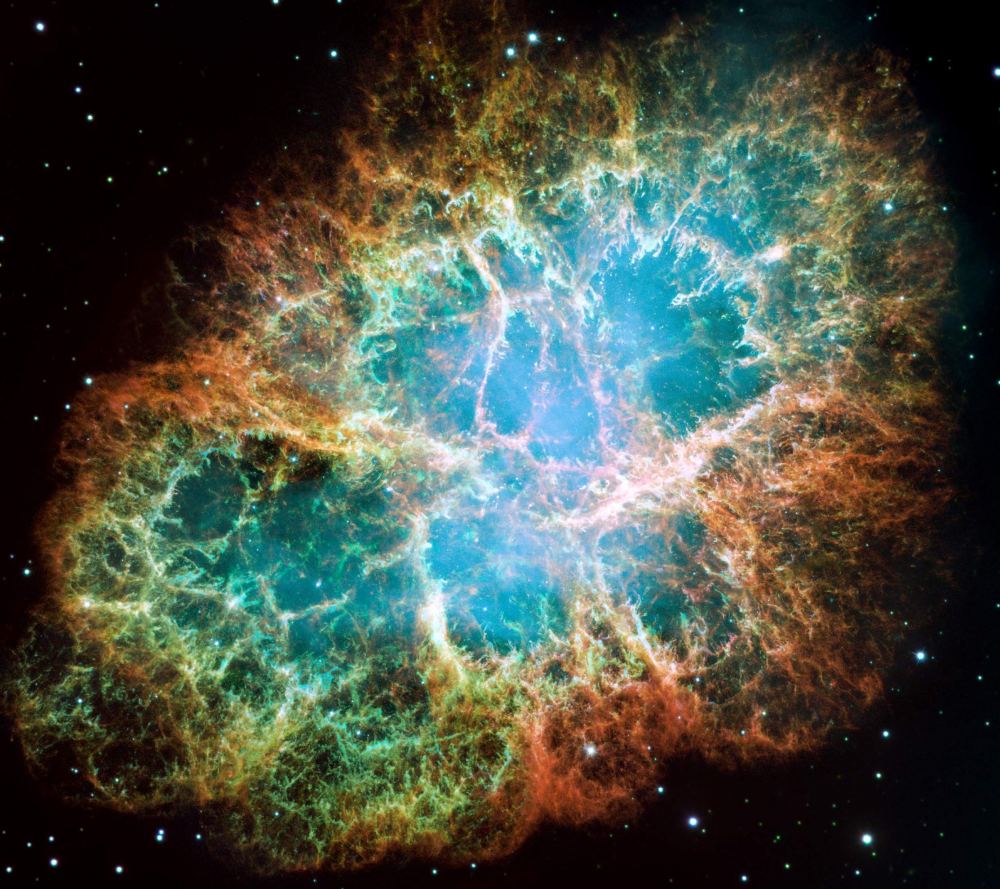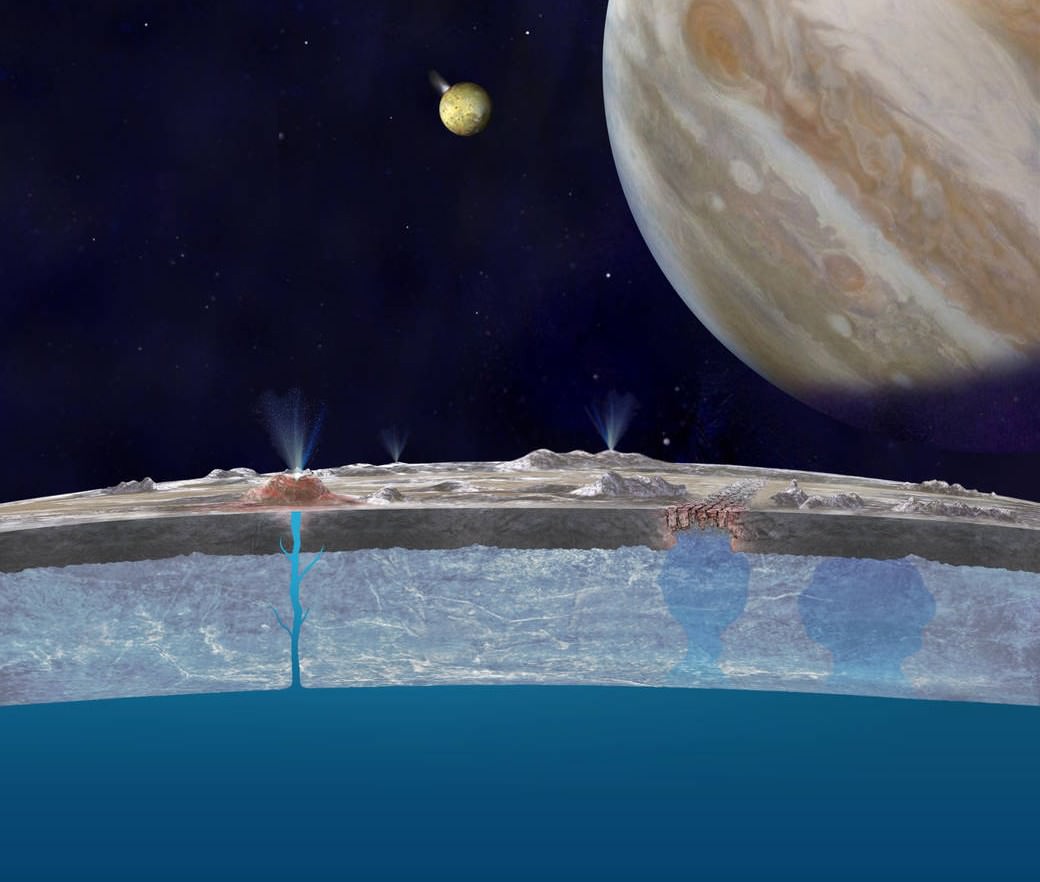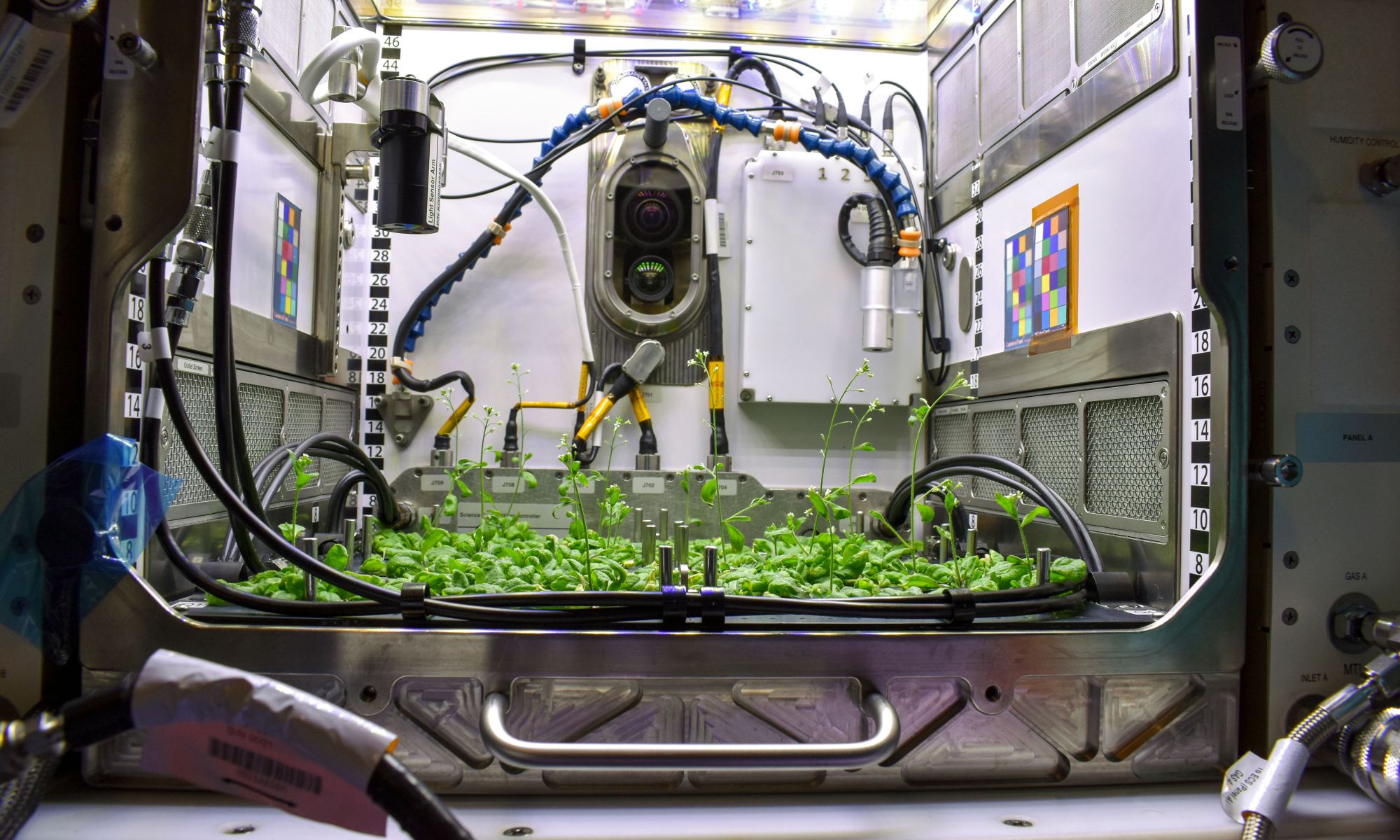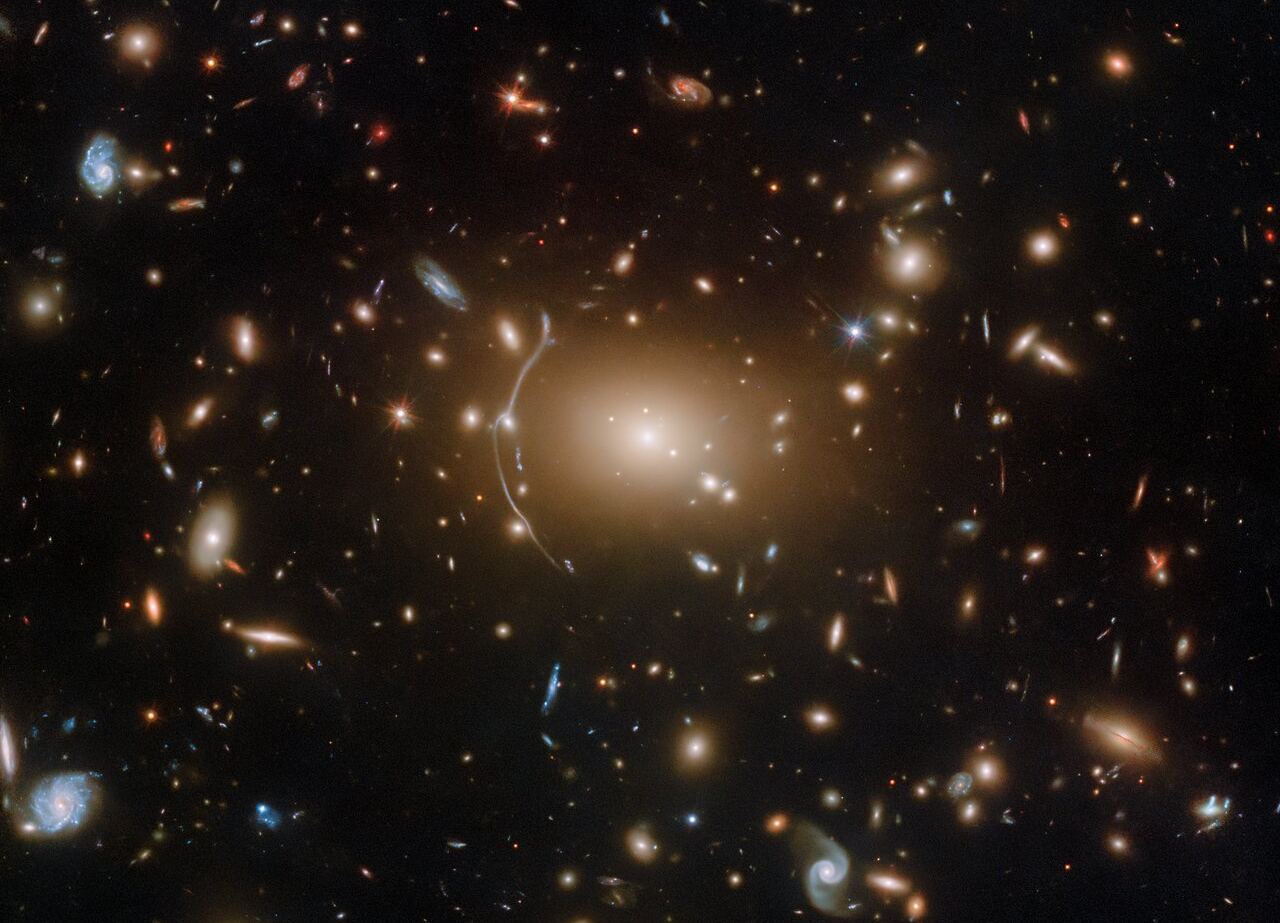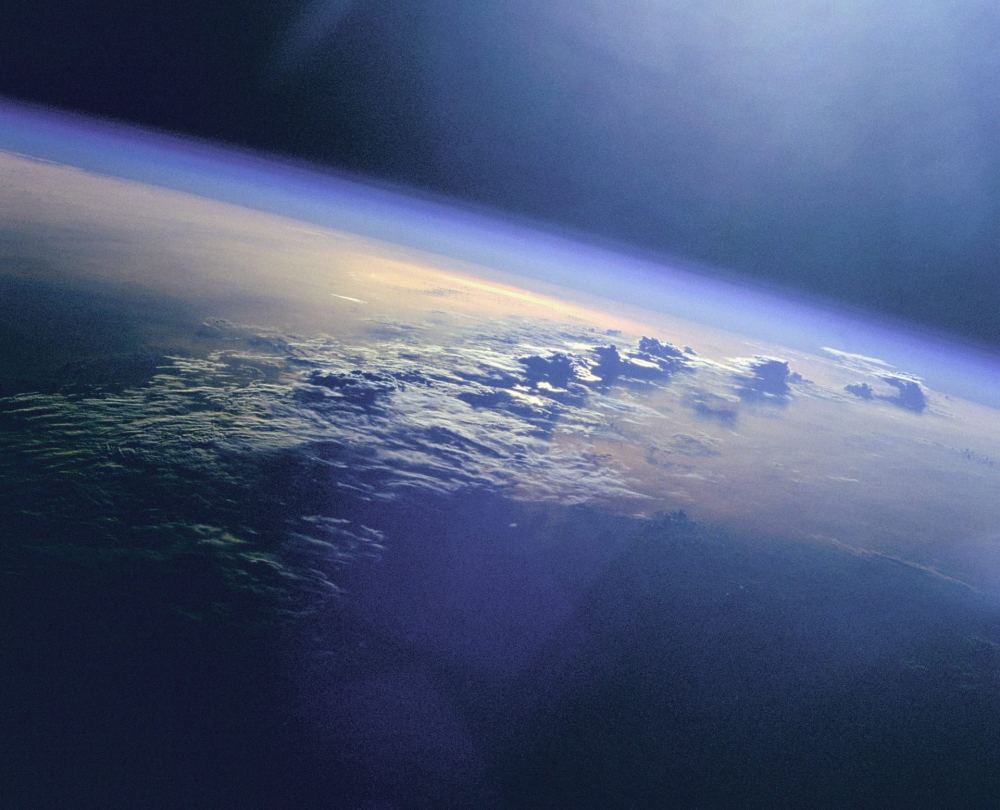Our galaxy’s stellar halo is giving astronomers some new food for thought. It turns out everyone thought the halo was spherical. But, it’s not. That’s news to everyone who said it was spherical. According to a new measurement done by a team at Harvard-Smithsonian Center for Astrophysics, it has a tilted, oblong football shape. This all tells astronomers an interesting tale about our galaxy’s ancient history.
Continue reading “The Milky Way’s Stellar Halo Isn’t a Sphere After All”The Milky Way’s Stellar Halo Isn’t a Sphere After All
